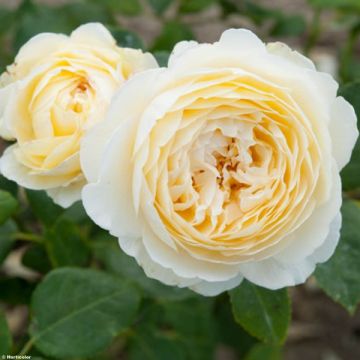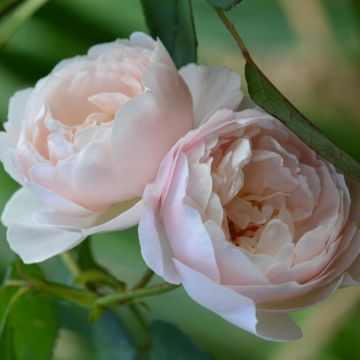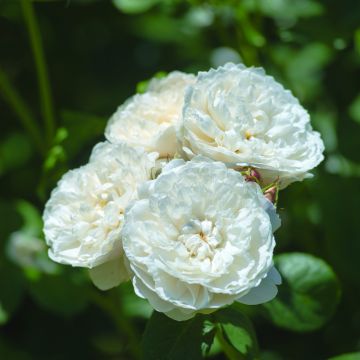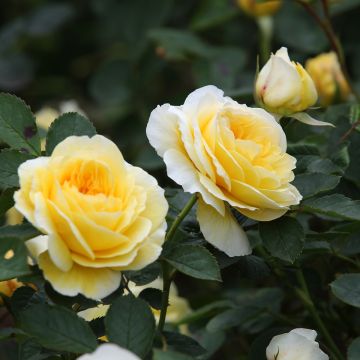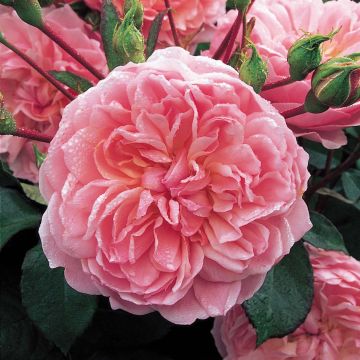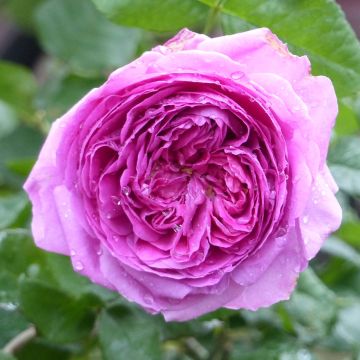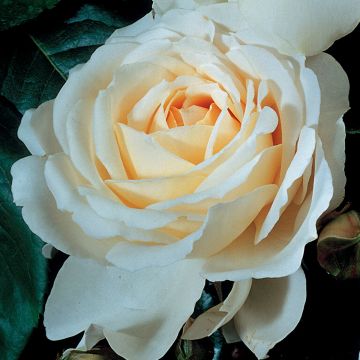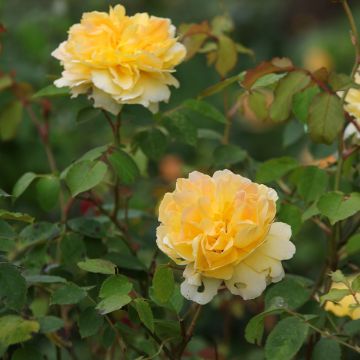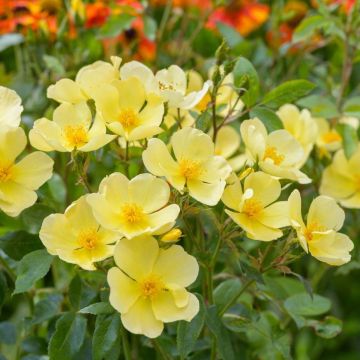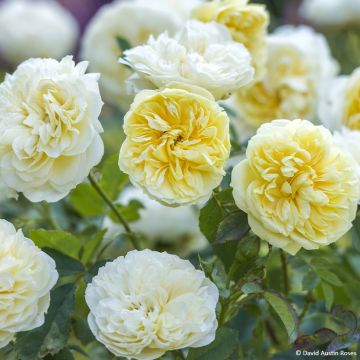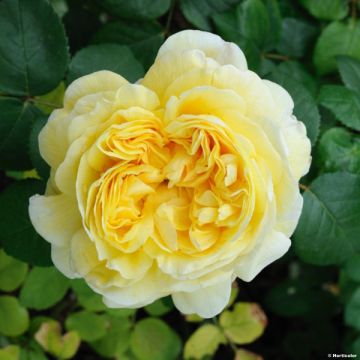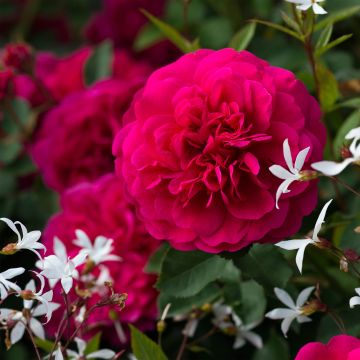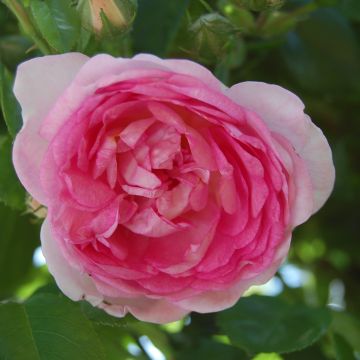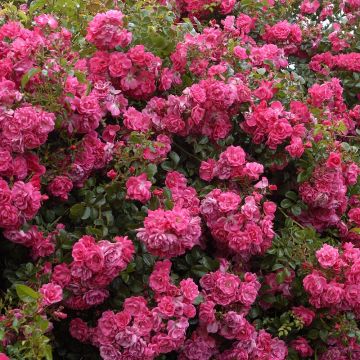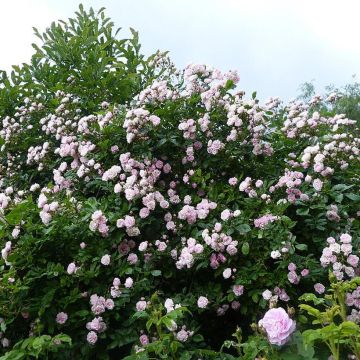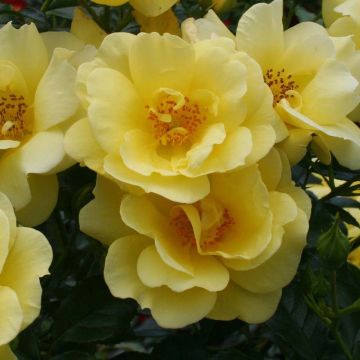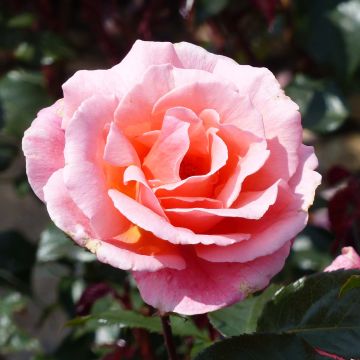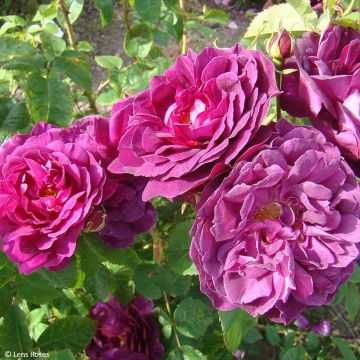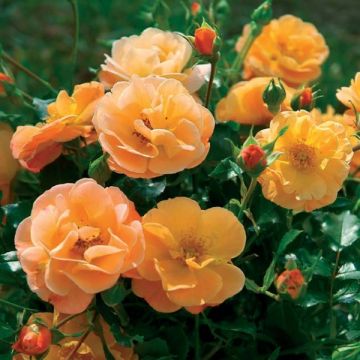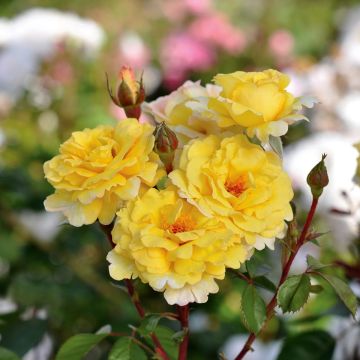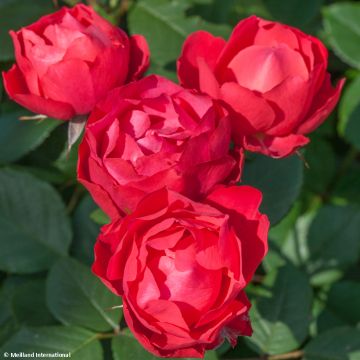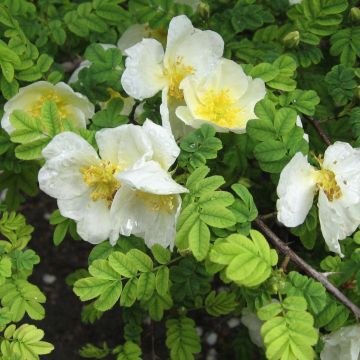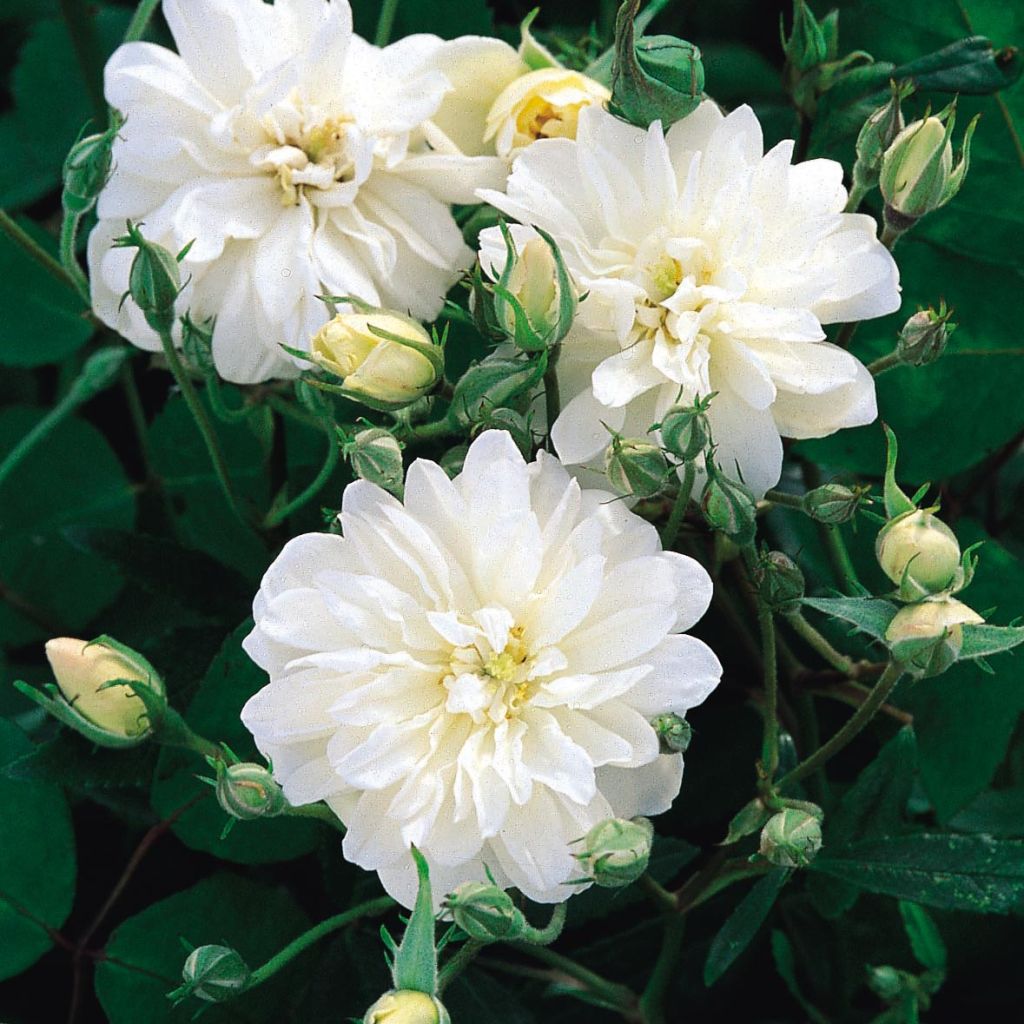

Rosa Snow Goose - Climbing rose
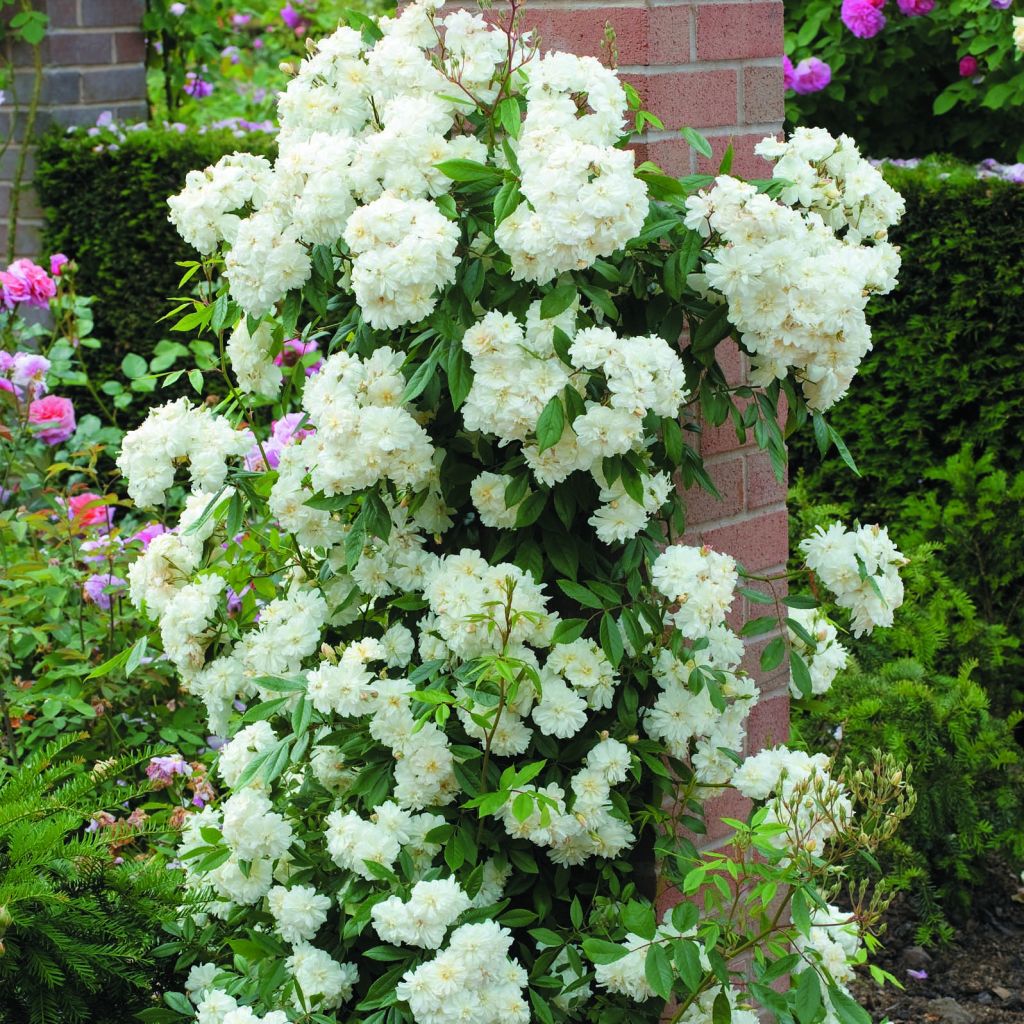

Rosa Snow Goose - Climbing rose
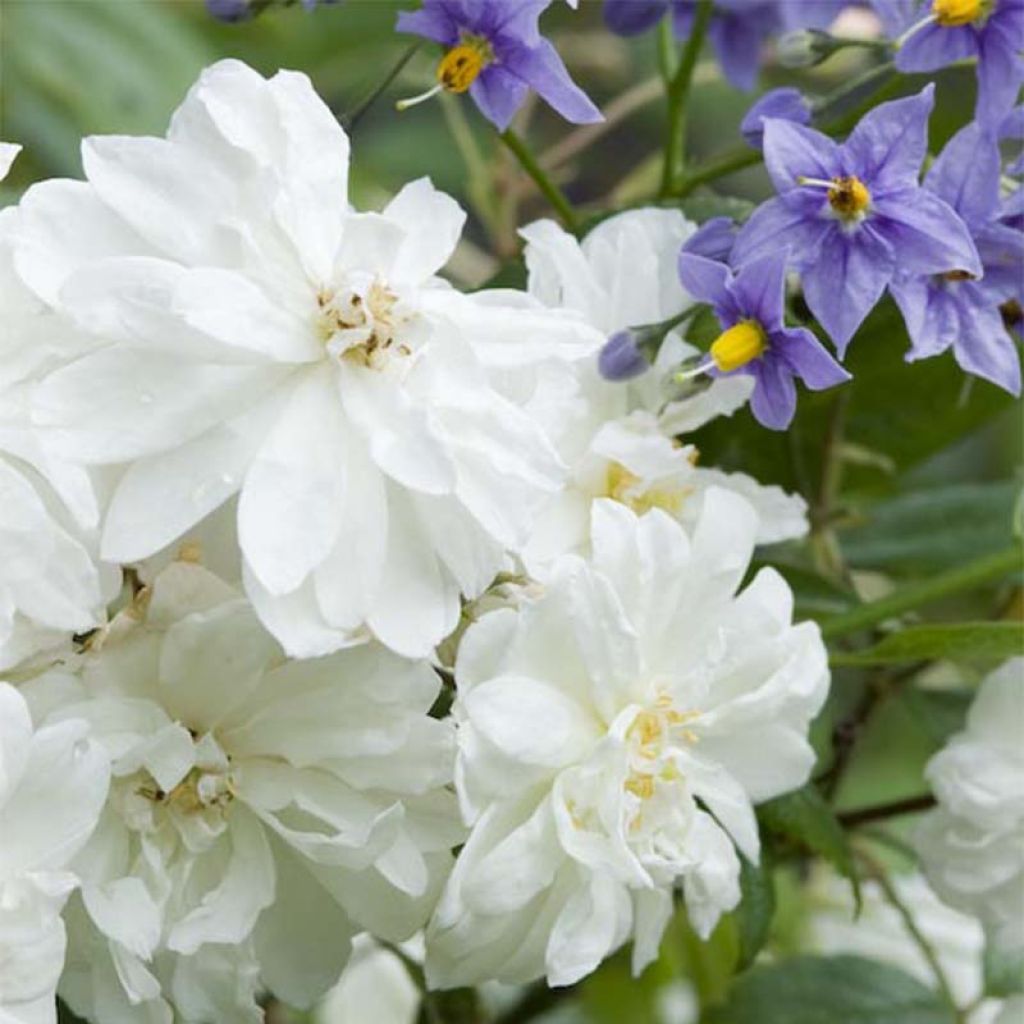

Rosa Snow Goose - Climbing rose
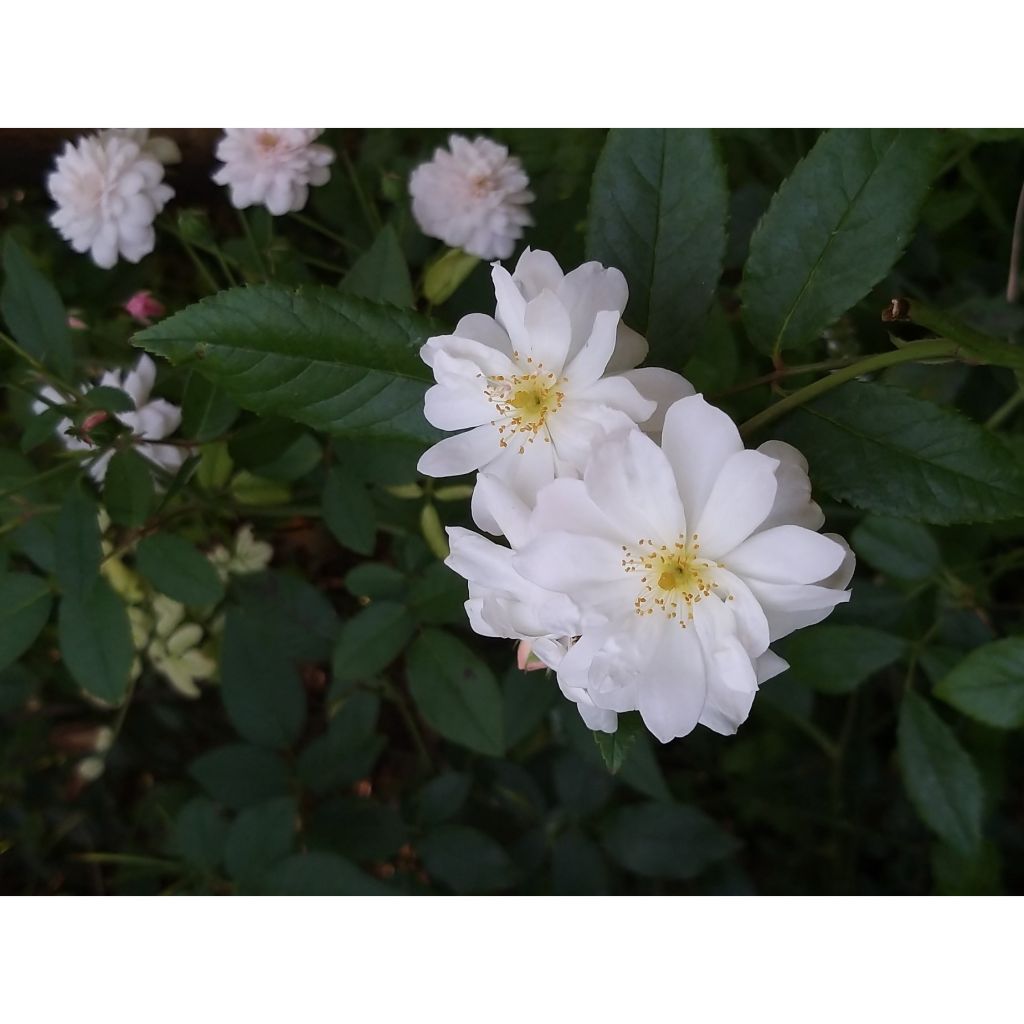

Rosa Snow Goose - Climbing rose
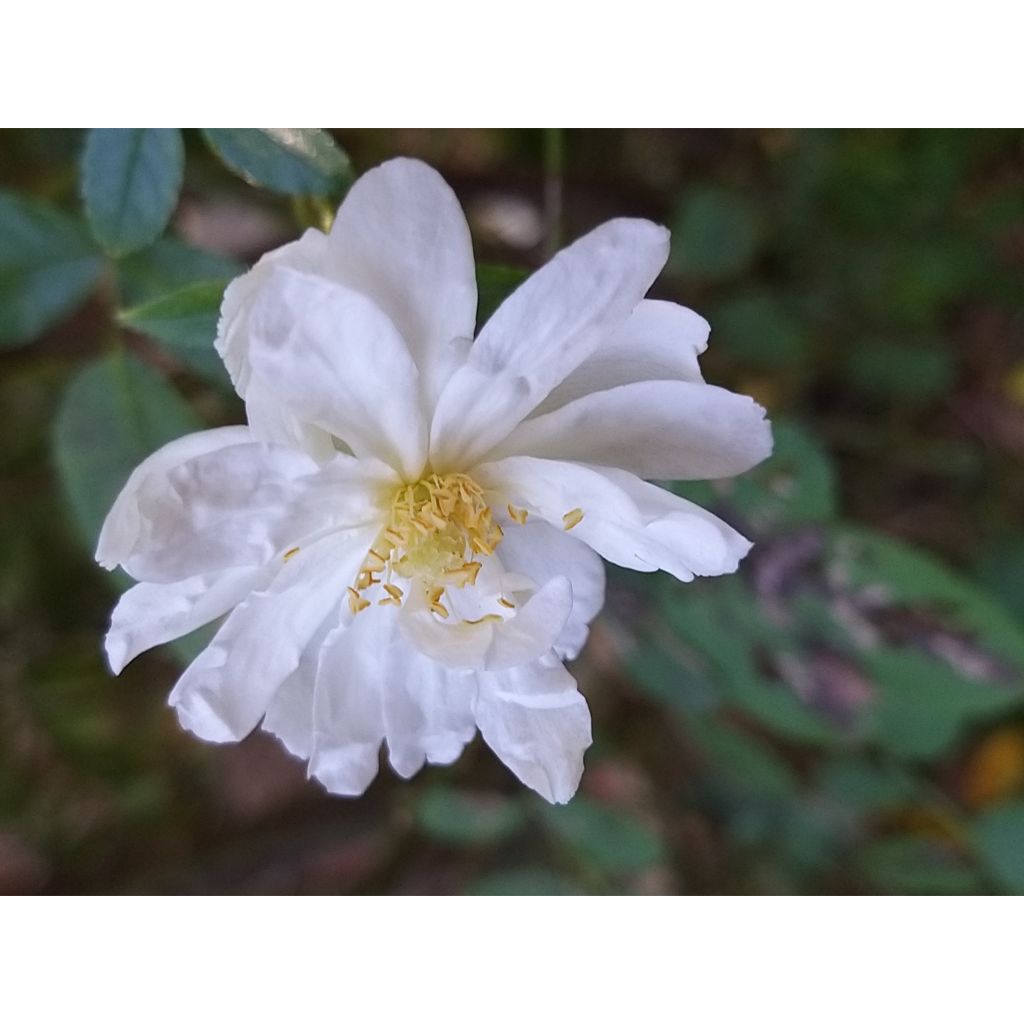

Rosa Snow Goose - Climbing rose
Rosa Snow Goose - Climbing rose
Rosa Snow Goose® 'Auspom'
rambler rose, climbing rose
Why not try an alternative variety in stock?
View all →This plant carries a 24 months recovery warranty
More information
We guarantee the quality of our plants for a full growing cycle, and will replace at our expense any plant that fails to recover under normal climatic and planting conditions.
From €5.90 for pickup delivery and €6.90 for home delivery
Express home delivery from €8.90.
From €5.90 for pickup delivery and €6.90 for home delivery
Express home delivery from €8.90.
Delivery to Corse prohibited: UE law prohibits the import of this plant from mainland France to Corse as part of the fight against Xylella fastidiosa. Please accept our sincere apologies.
More information
Does this plant fit my garden?
Set up your Plantfit profile →
Description
English Rose Snow Goose is a truly perpetual climbing rose that is disease-free. Its white roses are small, with fluffy pom-pom shapes that resemble big double daisies or the flowers of certain delphiniums. The plant is covered in large clusters of musky-scented blooms throughout summer. Healthy and reliable, this charming English rose is perfect for elegantly covering a pergola or pillar or hiding an unsightly fence.
The Snow Goose rose is an English climbing rose that can reach an average height of 2.50m (8ft), and up to 3m (10ft), with a spread of 1m (3ft). Highly disease-resistant, it develops stems with few, slightly curved thorns and leaves with typically seven leaflets. The ovate-lanceolate, deciduous, dark green leaflets are shiny and smooth on their upper surface and measure are 2 and 5 cm (1 and 2in) long. This rose is perpetual flowering with small flowers, formed by numerous narrow petals that open up to a small cream-coloured eye, gathered in large clusters from summer to early autumn. They are quite resistant to rain. Their light musky-scented perfume is more or less perceptible depending on the time of day and temperature.
Snow Goose is disease-resistant, and can withstand both hot and cold climates and temperatures as low as -15/-20°C. It is a vigorous, but not too big, variety with few thorns and therefore easy to keep under control. Charming and problem-free, it will easily fit even in a small-sized garden. Snow Goose is incomparable for covering fences and unsightly buildings, giving a touch of wildness when planted above overly strict flowerbeds. It can also be encouraged to climb bushes or trees. It is a perfect choice for decorating an old wall, an arch, a pergola, or a trellis.
Created by David Austin in 1996.
Report an error about the product description
Rosa Snow Goose - Climbing rose in pictures
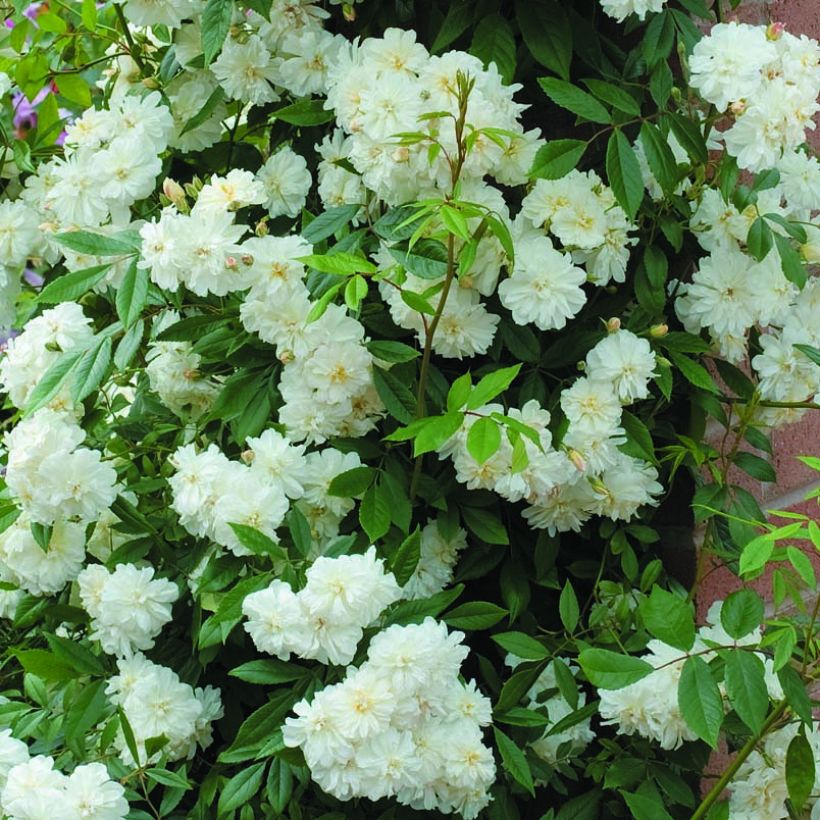

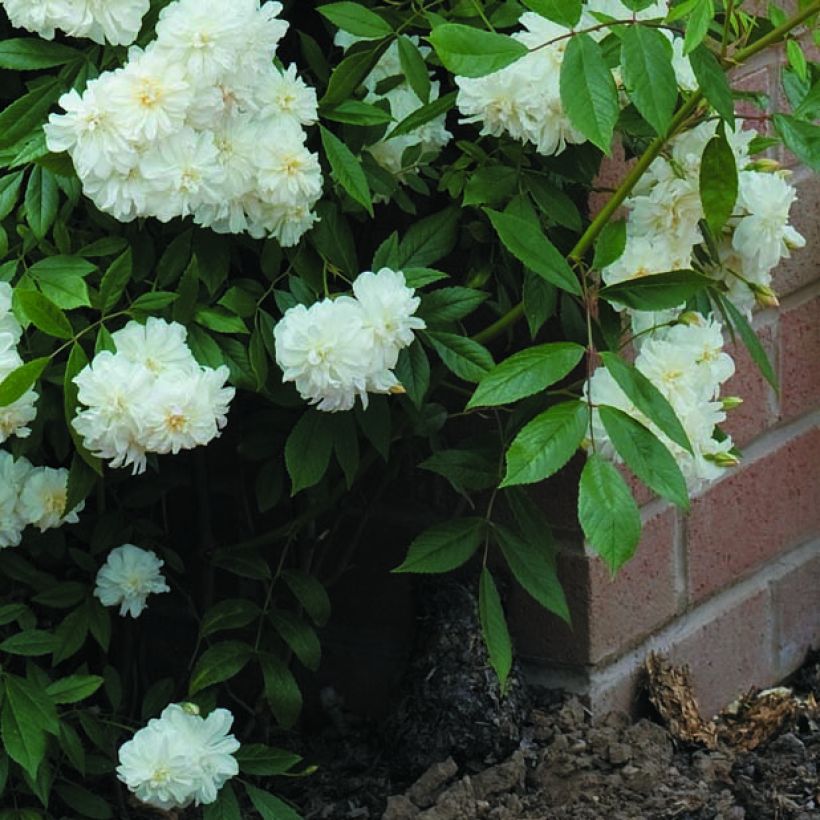



Plant habit
Flowering
Foliage
Botanical data
Rosa
Snow Goose® 'Auspom'
Rosaceae
rambler rose, climbing rose
Cultivar or hybrid
Rosa canina Laxa (Wrapped bare root, 4L/5L pot)
Other David Austin Roses
Planting and care
Plant English climbing rose Snow Goose in a sunny or lightly shaded position. English roses are fairly tolerant but they won't like excessive limestone, poor or acidic soils. They will thrive in any garden as long as the soil is well-worked, deep, and sufficiently rich. To plant your rose, work the soil well and place a base fertiliser, such as bonemeal, at the bottom of the planting hole. Water generously after planting to remove air pockets and regularly for a few weeks to aid rooting. Pruning English roses is essential for flowering. Prune in late winter and tie in the branches in a slightly upward horizontal position.
Pinch the ends of the main branches and cut back the secondary shoots to two or three buds, choosing an outward-facing bud for a more elegant shape. At the same time, remove dead wood and unsightly branches. Pruning should be done at a slant above a bud. Deadhead regularly to encourage the development of more buds.
Roses are often stained or unsightly at the end of summer, but this is not a problem for their development. These spots are not harmful to the rose, it is a natural phenomenon.
Planting period
Intended location
Care
-
, onOrder confirmed
Reply from on Promesse de fleurs
Roses by purpose
Haven't found what you were looking for?
Hardiness is the lowest winter temperature a plant can endure without suffering serious damage or even dying. However, hardiness is affected by location (a sheltered area, such as a patio), protection (winter cover) and soil type (hardiness is improved by well-drained soil).

Photo Sharing Terms & Conditions
In order to encourage gardeners to interact and share their experiences, Promesse de fleurs offers various media enabling content to be uploaded onto its Site - in particular via the ‘Photo sharing’ module.
The User agrees to refrain from:
- Posting any content that is illegal, prejudicial, insulting, racist, inciteful to hatred, revisionist, contrary to public decency, that infringes on privacy or on the privacy rights of third parties, in particular the publicity rights of persons and goods, intellectual property rights, or the right to privacy.
- Submitting content on behalf of a third party;
- Impersonate the identity of a third party and/or publish any personal information about a third party;
In general, the User undertakes to refrain from any unethical behaviour.
All Content (in particular text, comments, files, images, photos, videos, creative works, etc.), which may be subject to property or intellectual property rights, image or other private rights, shall remain the property of the User, subject to the limited rights granted by the terms of the licence granted by Promesse de fleurs as stated below. Users are at liberty to publish or not to publish such Content on the Site, notably via the ‘Photo Sharing’ facility, and accept that this Content shall be made public and freely accessible, notably on the Internet.
Users further acknowledge, undertake to have ,and guarantee that they hold all necessary rights and permissions to publish such material on the Site, in particular with regard to the legislation in force pertaining to any privacy, property, intellectual property, image, or contractual rights, or rights of any other nature. By publishing such Content on the Site, Users acknowledge accepting full liability as publishers of the Content within the meaning of the law, and grant Promesse de fleurs, free of charge, an inclusive, worldwide licence for the said Content for the entire duration of its publication, including all reproduction, representation, up/downloading, displaying, performing, transmission, and storage rights.
Users also grant permission for their name to be linked to the Content and accept that this link may not always be made available.
By engaging in posting material, Users consent to their Content becoming automatically accessible on the Internet, in particular on other sites and/or blogs and/or web pages of the Promesse de fleurs site, including in particular social pages and the Promesse de fleurs catalogue.
Users may secure the removal of entrusted content free of charge by issuing a simple request via our contact form.
The flowering period indicated on our website applies to countries and regions located in USDA zone 8 (France, the United Kingdom, Ireland, the Netherlands, etc.)
It will vary according to where you live:
- In zones 9 to 10 (Italy, Spain, Greece, etc.), flowering will occur about 2 to 4 weeks earlier.
- In zones 6 to 7 (Germany, Poland, Slovenia, and lower mountainous regions), flowering will be delayed by 2 to 3 weeks.
- In zone 5 (Central Europe, Scandinavia), blooming will be delayed by 3 to 5 weeks.
In temperate climates, pruning of spring-flowering shrubs (forsythia, spireas, etc.) should be done just after flowering.
Pruning of summer-flowering shrubs (Indian Lilac, Perovskia, etc.) can be done in winter or spring.
In cold regions as well as with frost-sensitive plants, avoid pruning too early when severe frosts may still occur.
The planting period indicated on our website applies to countries and regions located in USDA zone 8 (France, United Kingdom, Ireland, Netherlands).
It will vary according to where you live:
- In Mediterranean zones (Marseille, Madrid, Milan, etc.), autumn and winter are the best planting periods.
- In continental zones (Strasbourg, Munich, Vienna, etc.), delay planting by 2 to 3 weeks in spring and bring it forward by 2 to 4 weeks in autumn.
- In mountainous regions (the Alps, Pyrenees, Carpathians, etc.), it is best to plant in late spring (May-June) or late summer (August-September).
The harvesting period indicated on our website applies to countries and regions in USDA zone 8 (France, England, Ireland, the Netherlands).
In colder areas (Scandinavia, Poland, Austria...) fruit and vegetable harvests are likely to be delayed by 3-4 weeks.
In warmer areas (Italy, Spain, Greece, etc.), harvesting will probably take place earlier, depending on weather conditions.
The sowing periods indicated on our website apply to countries and regions within USDA Zone 8 (France, UK, Ireland, Netherlands).
In colder areas (Scandinavia, Poland, Austria...), delay any outdoor sowing by 3-4 weeks, or sow under glass.
In warmer climes (Italy, Spain, Greece, etc.), bring outdoor sowing forward by a few weeks.

































